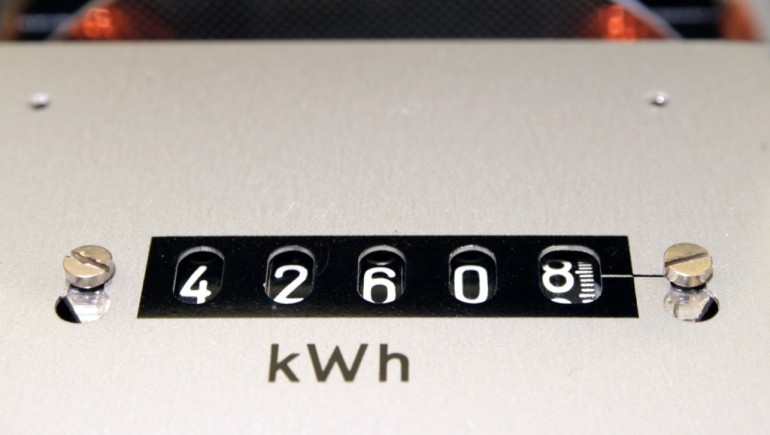Heat Metering and Billing Regulations: turning the compliance task into a strategic opportunity
 Jon Kimber, MD, AgilityEco
Jon Kimber, MD, AgilityEco
A new UK regulation from the EU Energy Efficiency Directive came into force on 18 December 2014 – with very little publicity.
The aim of The Heat Network (Metering and Billing) Regulations 2014 is to tackle a problem: most people who consume heat from communal/district networks pay a flat rate rather than paying for the actual heat they consume. Legislators believe that by installing heat meters and charging for the actual usage, a number of issues (which I have outlined below) are solved, which ultimately results in greater energy efficiency.
The regulations affect organisations which supply heat through district heat networks and communal heating systems in residential and commercial buildings in the UK, in both the private and public sectors. This means that a number of organisations that own multi occupied buildings such as blocks of flats, sheltered and social housing, sub-let space such as fitness centres or restaurants in hotels or third party dry cleaners in supermarkets, residential care homes, shared offices and even shopping centres are affected.
On the face of it, compliance with the heat metering and billing (HM&B) regulations seems to be a painful exercise. There are surveys that need to be undertaken, forms to be filled out, a web of complex rules to unpick – and all to be completed within a tight compliance timescale. Initial notification of eligible buildings is required by 31st December 2015. A major chore. And to top it off, DECC haven’t made it any easier for organisations by withdrawing their cost effectiveness tool, a key aspect of the legislation. This is used to identify whether HM&B is technically and economically viable. We’re hearing this won’t be available until the spring of 2016. So organisations will need to comply first with the notification deadline and then submit output from the cost effectiveness tool once it becomes available.
If you couple this onerous exercise with the spectre of having to invest in retrofitting individual heat meters into every dwelling where it is deemed cost effective, and then having to collect energy payments from tenants and leaseholders on an ongoing basis, the whole thing represents a huge change for many organisations.
Organisations need to approach the regulations with a new perspective and turn the heat metering and billing exercise into a strategic opportunity for several reasons:
- Firstly HM&B is, without a doubt, a better, more modern solution for residents in the 21st century. Charging for heat with rent is inherently unfair - smearing energy charges across residents as a service charge is simply outdated and inequitable. In a world of rising energy prices and increasingly sophisticated e-commerce, it feels to me unthinkable that in 10 years' time people will even countenance flat rate heat with rent. It’ll become an increasing bone of contention for residents who will undoubtedly feel they are paying over the odds for energy they’re not using.
- Secondly, HM&B also incentivises energy efficiency. Flat rate service charges provide no motivation to residents to use energy efficiently, often leading to profligate energy consumption. Those that use heat efficiently see others wasting energy and correlate this with rising service charges. By combining heat metering and billing retrofit with improved controls, efficient energy usage behaviours can be enabled and rewarded – resulting in happier, more comfortable residents.
- Finally, HM&B can make good business sense for landlords. The increased visibility and transparency it provides enables landlords to achieve better cost recovery. This, combined with the cost savings on the landlord’s fuel bills that result from greater resident energy efficiency, can often justify the capital and operating costs of HM&B.
For us, it’s a no-brainer. Eventually all dwellings served by communal and district heating will be required to have individual heat meters, so beginning the retrofit process now enables a sensible, phased programme. Why not use the heat metering and billing exercise as the first step in defining and delivering your strategy?
AgilityEco has already provided heat metering and billing support to a number of clients. We can guide you through all stages of the compliance journey, from the initial assessment of working out what’s in scope to completing the National Measurement & Regulation Office (NMRO) templates and final submission of data, through to helping you define your overall HM&B strategy. We’re confident that our rigorous approach to your compliance project WILL save you time and money.
For more information on heat metering and billing, download our recent presentation or email us.
